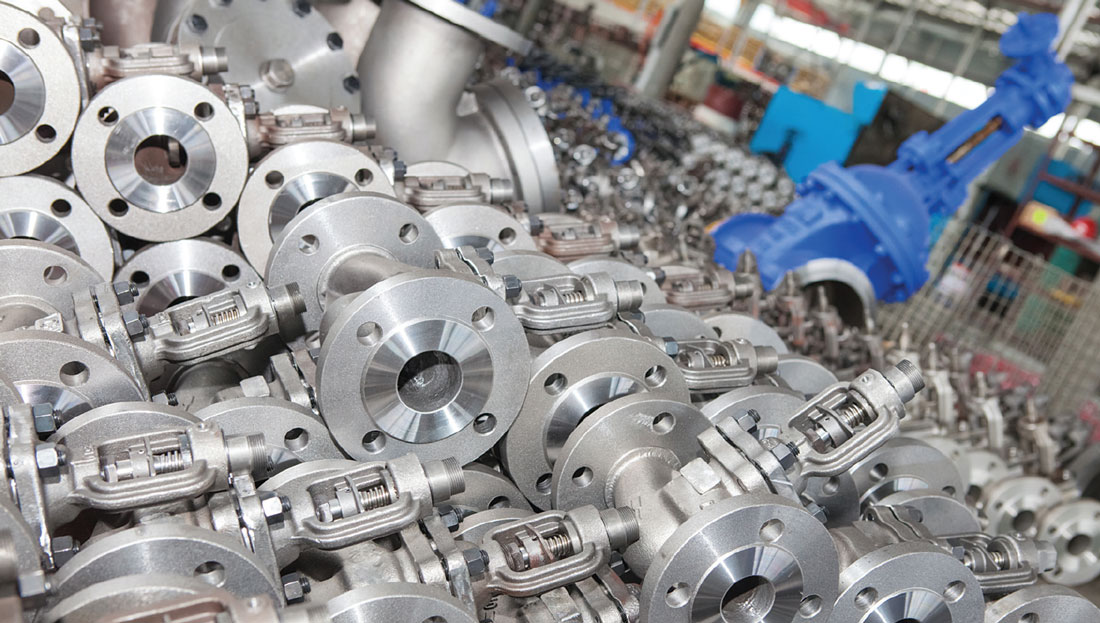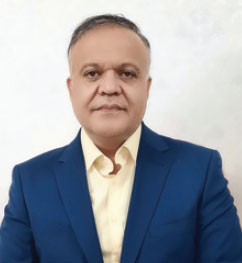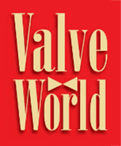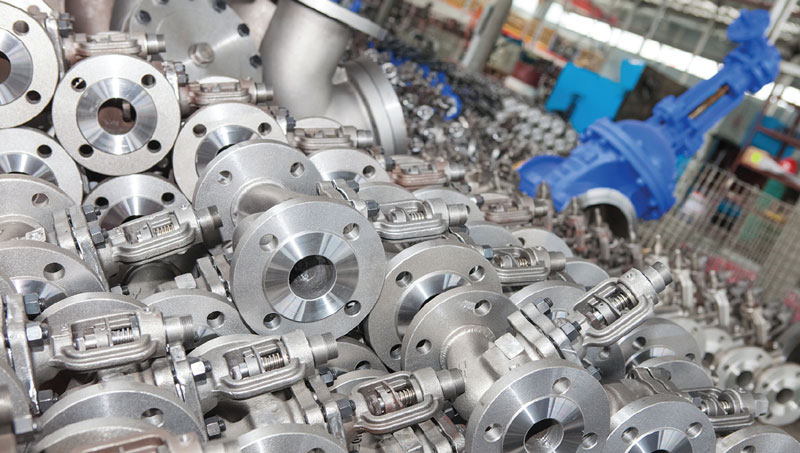Requirements of an AM system
By Mr. Alireza Aslarabi Sardroudi
In part 1 of his column, Mr. Alireza Aslarabi Sardroudi outlined the issue of asset management in the field of industrial valves, and how asset management covers the entire life cycle of valves. For part 2 Mr. Sardoudri discusses the main requirements to ensure that the asset management cycle will properly function and evolve.

Each company in the field of industrial valves should first implement an asset management system in it’s own organisation. With the asset management system in place, the company can then follow the principles defined in that system to implement the requirements for its valve products. This applies across the board, includ-ing to organisations active in the design and construction of valves, valve selection and use in projects, operators, maintenance and repair companies, and even companies active in the field of disposal and scrapping.
What, however, are the requirements of an asset system? Let us start by directly reviewing the asset management system. ISO 55001 has been prepared for this purpose. ISO 55001 is an asset management system standard that primarily aims to help organisations more effectively manage their asset life cycle. By implementing ISO 55001, organisations will have better control over day-to-day operations, boast high performance and a high degree of efficiency regarding their assets, and reduce total costs and risks. This standard can be applied within all organisational structures and to all types of assets. Noticeable results include increased ef-fectiveness with a significant reduction in risks and unit cost per unit product. The framework also supports continuous performance improve-ment and provides continued improvements for organisations of each industry.
The requirements of an asset management system according to ISO 55001 include seven issues that must be considered for the valve industry. These seven issues are the general framework and skeleton of asset management, and the requirements therein must be observed in all stages of design and construction, installation and commissioning, operation and maintenance, and removal.
1: Organisational context: The most important part of an asset management system defines the organisation and its business environment. The asset management system will work properly when the context of the organisation is properly visualised. Obviously, a company that designs and manufactures valves is not the same as a company that repairs valves, so the requirements of an asset management system will differ. So, in this section we have to define the business framework, the needs of the organisation and the stakeholders, the scope of an effective asset management system and the framework of an asset management system. Within this section, companies will likely adjust the asset management system to fit their specific structure to establish an asset manage-ment system. In other words, differences and similarities in industry stakeholders, even at this stage, are examined and the templates are separated. We will cover this issue well in future issues of this journal.
2: Leadership: This section requires us to obtain the commitment of managers to determine an appropriate direction and within that to ensure its proper connection to the business issues of the organisation, to make the necessary resources available, and to provide proper information at the organisation level. Other components include updating stakeholders on the achievement of the expected results, leading teams involved in asset management activities, and continuously improving policies, strategies, and activities in terms of present and future risks.
Therefore, for activities in various industrial fields, we must first prepare a directive that aligns with the goals of the organisation. For example, the policy for design and construction activities must match with the objectives and results expected in this sector to be able to manage assets. For the organisation, in addition to preparing an appropriate policy, the senior management should determine and formalise the necessary roles, responsibilities and competencies for managers and experts. At this stage, after formulating the policy, the organisation prepares and publishes the Strategic Asset Management Plan (SAMP). This essential document contains the goals and all policies and strategies to achieve them. In the next issues, general policy preparation and appropriate SAMP for different companies active in the field of industrial valves will be presented.
3: Planning: After the commitment of managers to the requirements of asset management, according to the threats, opportunities, weaknesses and strengths of the organisation regarding assets, the expected goals are determined, and a strategy to achieve the expected results is planned. The pillars of this planning are procedures and instructions, resource estimation and determination, asset life cycle processes, intended measures, expected results, definition of risk management measures, and so on. At this stage, another very important document called the Asset Management Plan (AMP) document is prepared in accor-dance with the SAMP document, and presented at the organisation level. This document determines the organisation’s long-term plans (at least five years) for asset management and defines them. They also include short-term annual plans.
4: Support: After preparing the AMP and identifying the required resources, the organisation must determine and provide the necessary resources to create, operate and maintain an asset management system. It must also determine and apply the necessary competencies for the implementation and deployment of the system, and also adequately inform all organisations about the expected goals, practices, actions and results. The necessary information should be collected in the organisation and made available to authorised users in a suitable context. Internal and external journals can be a good place to report progress and achieve results. Using appropriate IT technologies and software for the asset management system is a high priority.
5: Operations: After preparing the AMP and planning, supporting and providing the necessary resources, the next step is to start system implantation. These activities will be based on the program and goals of the organisation in various fields and will be implemented in the form of several projects. Other issues will be addressed at the same time as the asset management processes such as change management and outsourcing activities. Implementation is the first executive part of an asset management system and is usually the most costly part.
6: Performance evaluation: Simultaneously with the start of executive actions, performance evaluation also begins. Its purpose is to take care of the organisation’s goals and verify the actions to achieve them. These evaluations can be done in the form of an internal and even external audit. It is important to ensure that the company is going in the right direction internally and externally; if necessary, corrective actions with the necessary revisions should be taken.
7: Continuous improvement: If SAMP and AMP are well-organized within an organisation, there may be less need for im-provement. But in practice this is not the case. Recognising needs and setting goals, policies and planning, support and implementation are always prone to error and therefore need to be re-examined and revised after a complete cycle from design to audit. And these reviews and corrections should be continuous.
To be continued…
 About the author
About the author
Mr. Alireza Aslarabi Sardroudi is an expert In physical asset management. Based in Tehran, Iran, Mr. Sardroudi can be reached on: aslearabi@yahoo.com
Mr. Sardroudi has planned seven articles about asset management of valves, as follows:
1: Introduction and overview
2: Requirements of an asset management system for valves
3: Asset management plan for the manufacture of valves
4: Asset management plan for engineering, design and installation
5: Asset management plan for valves during operation
6: Asset management plan for decommissioning valves
7: Valve asset management assessment and auditing


